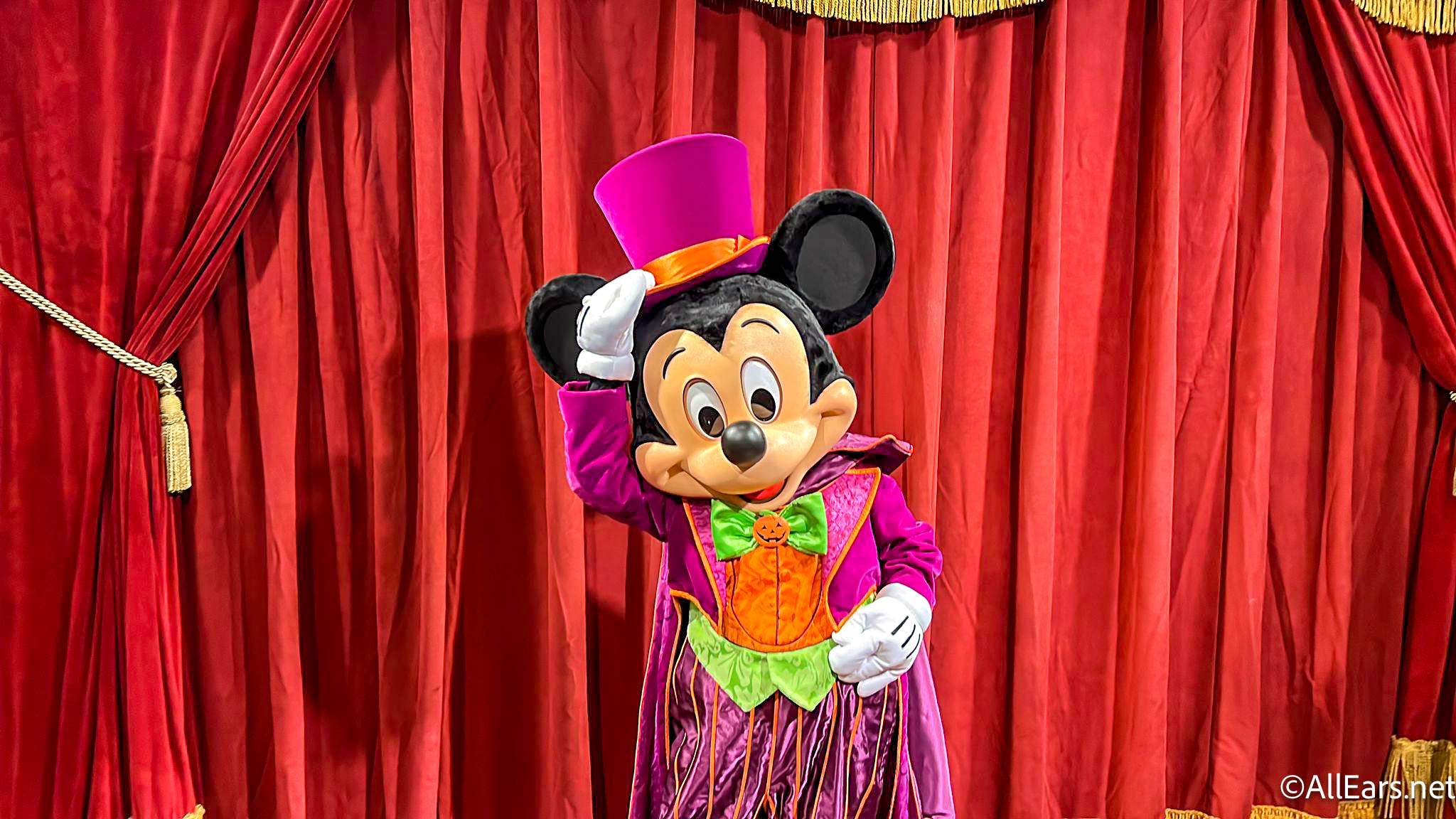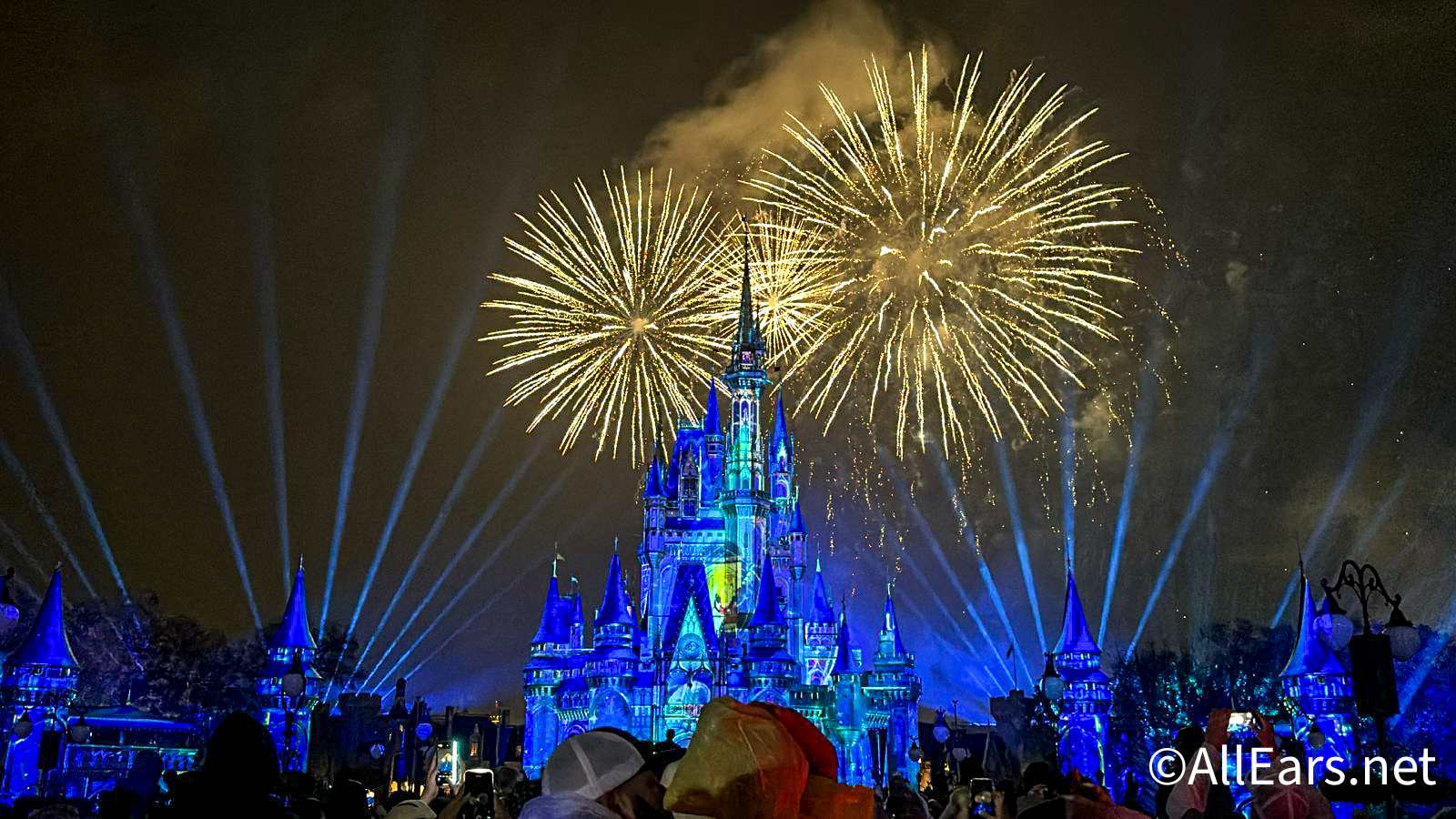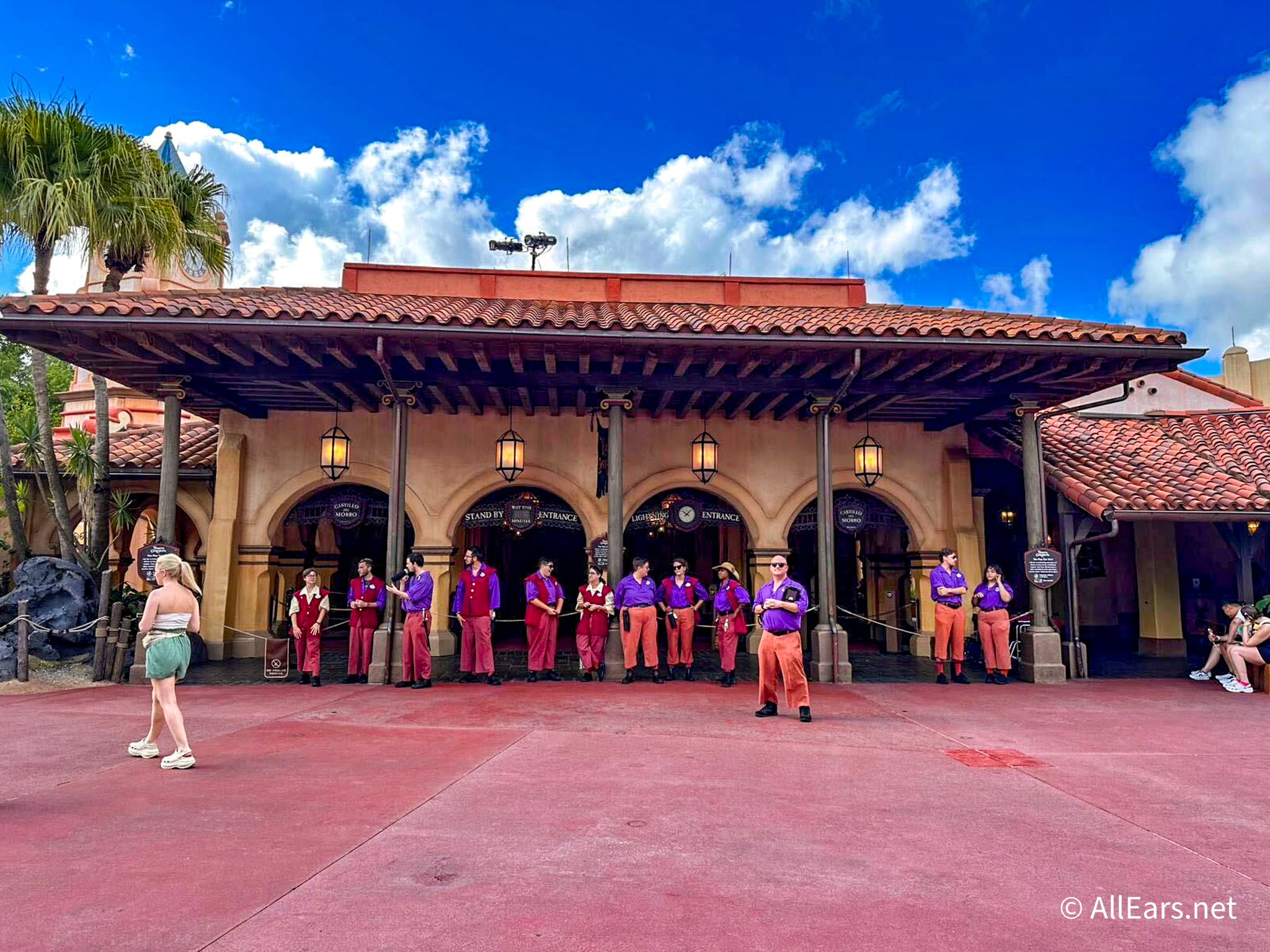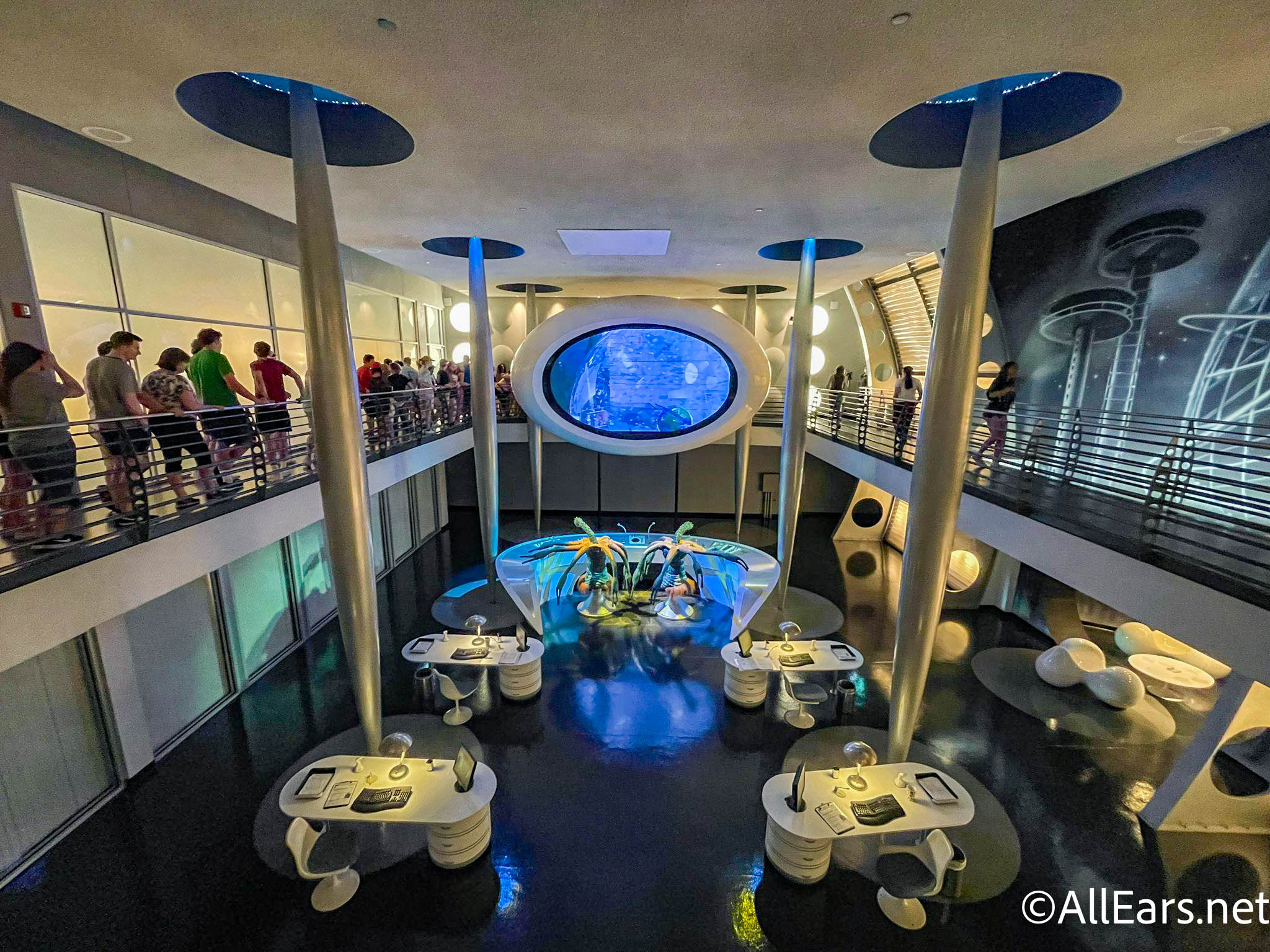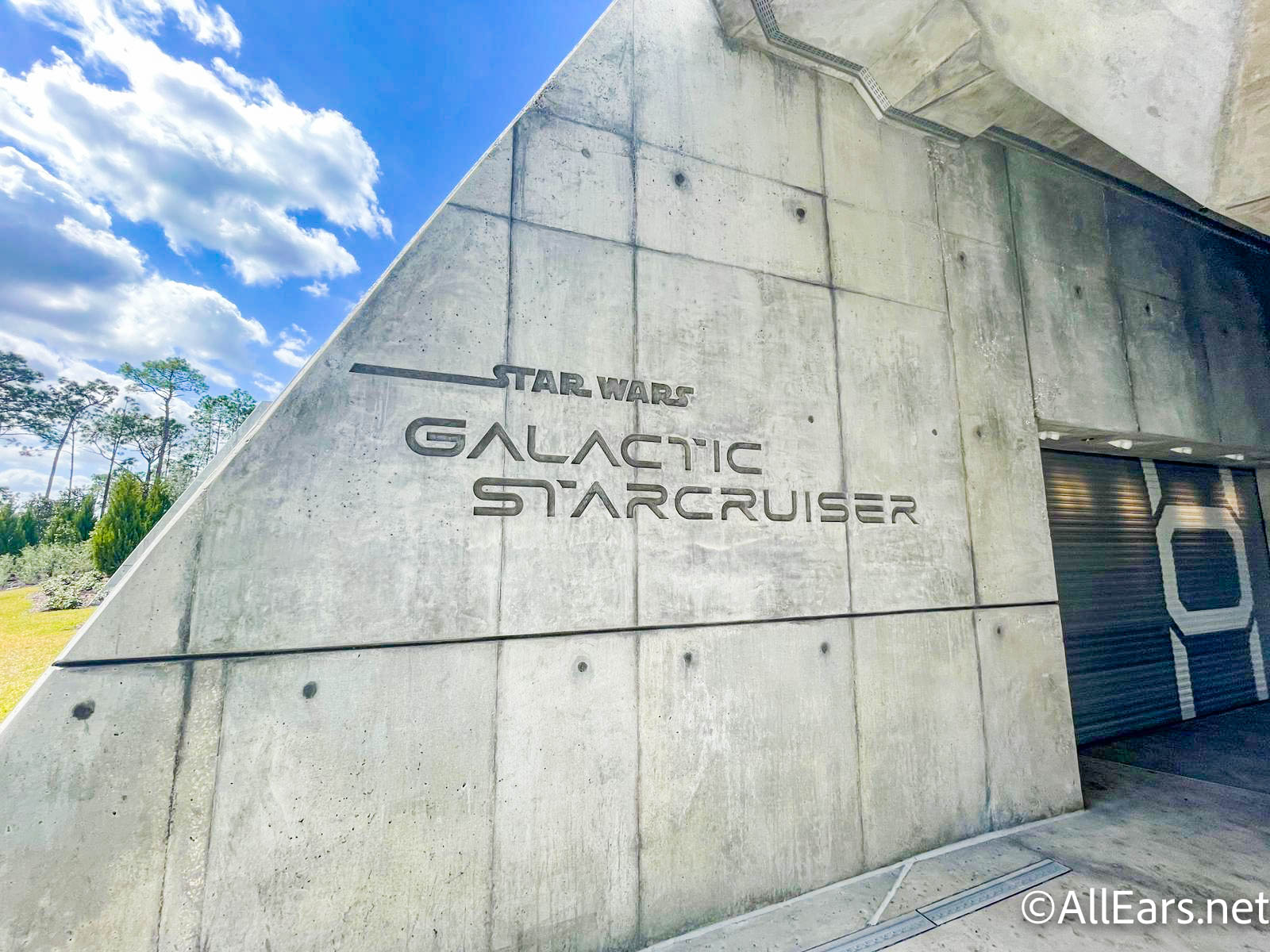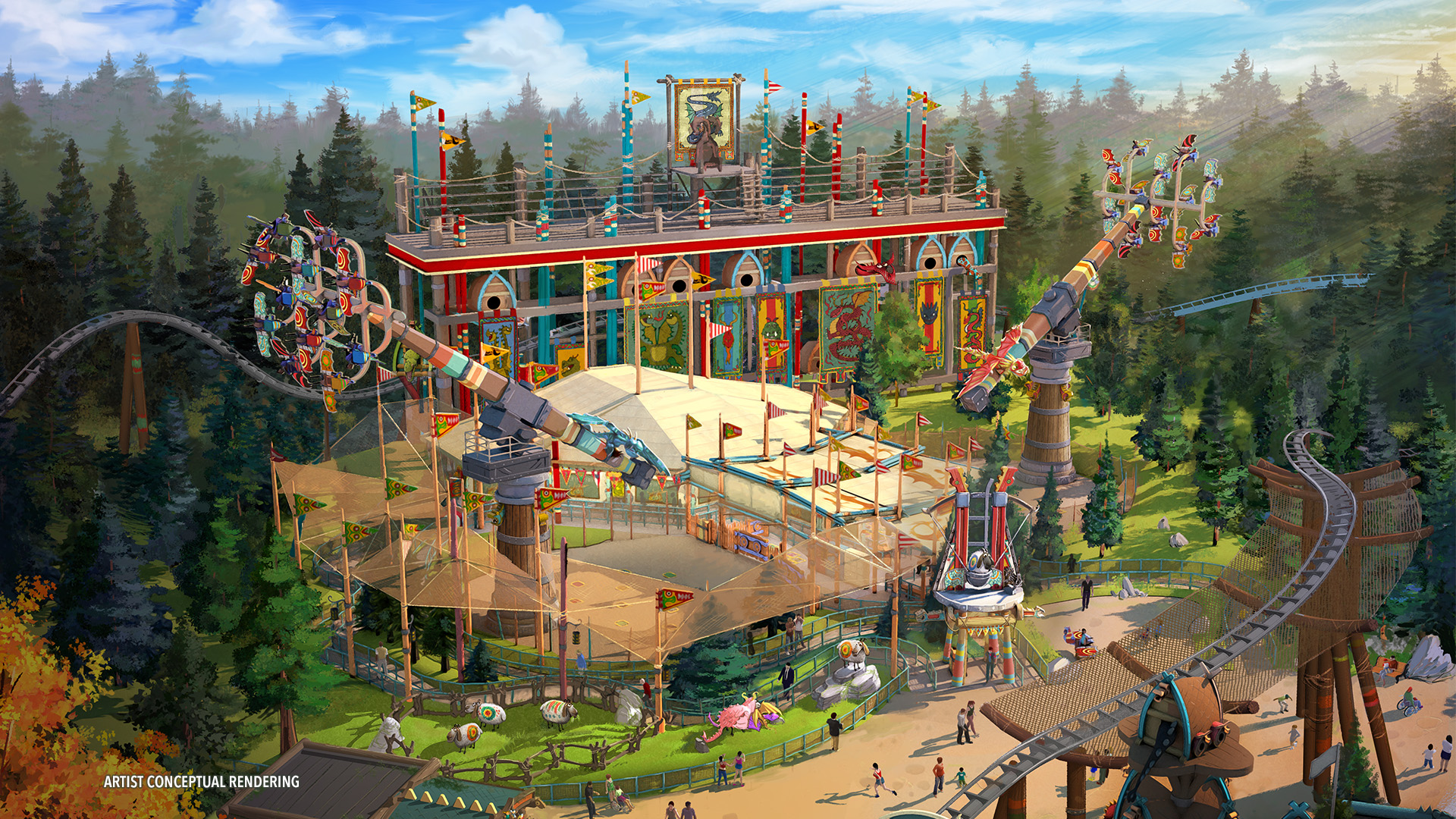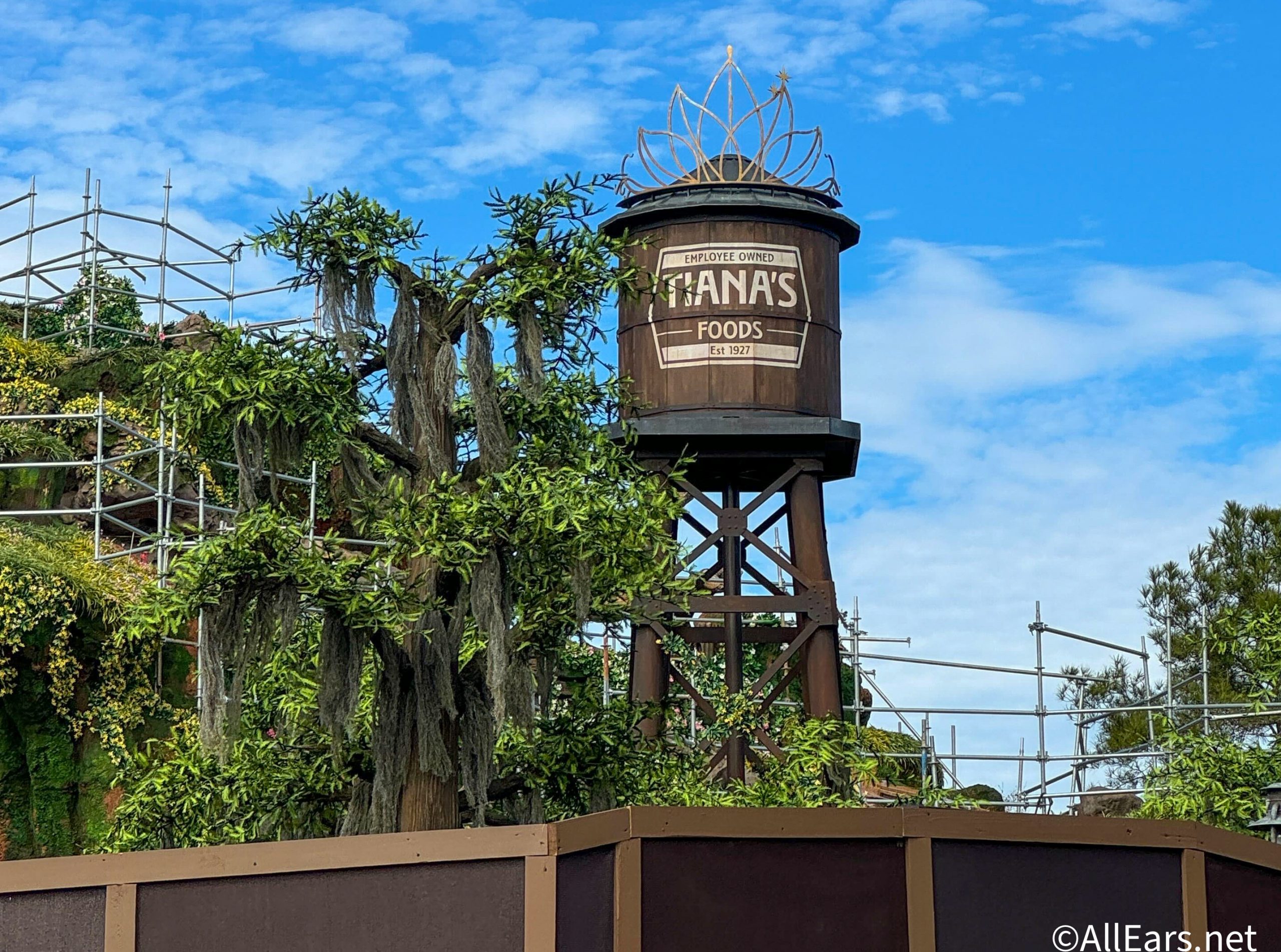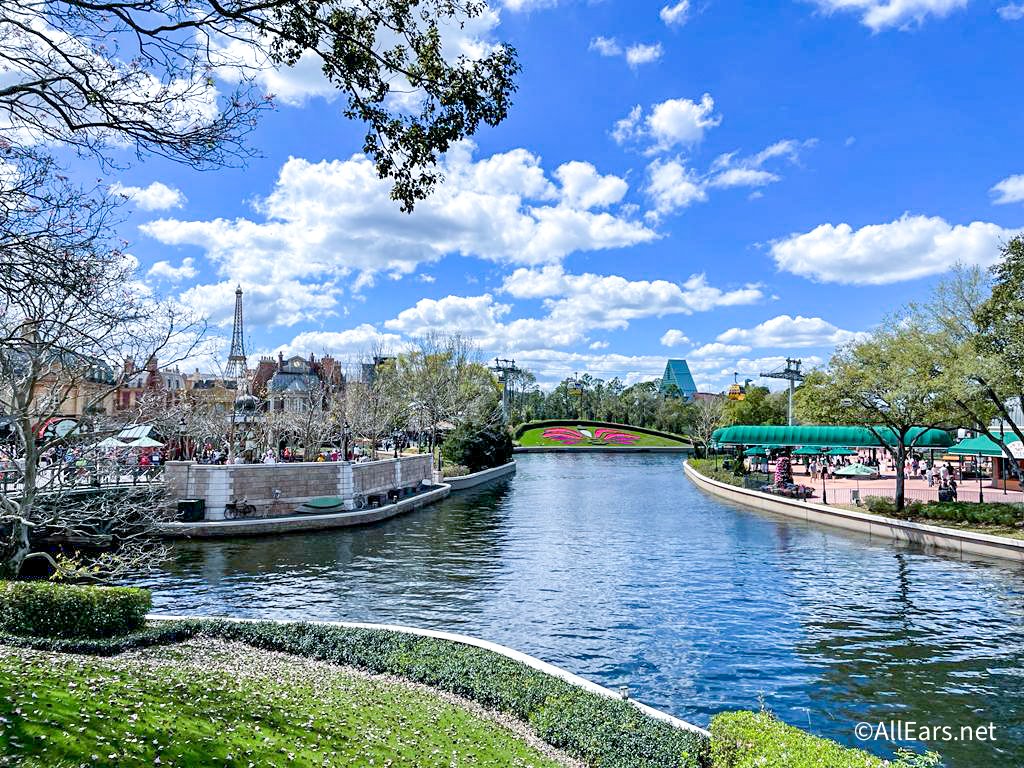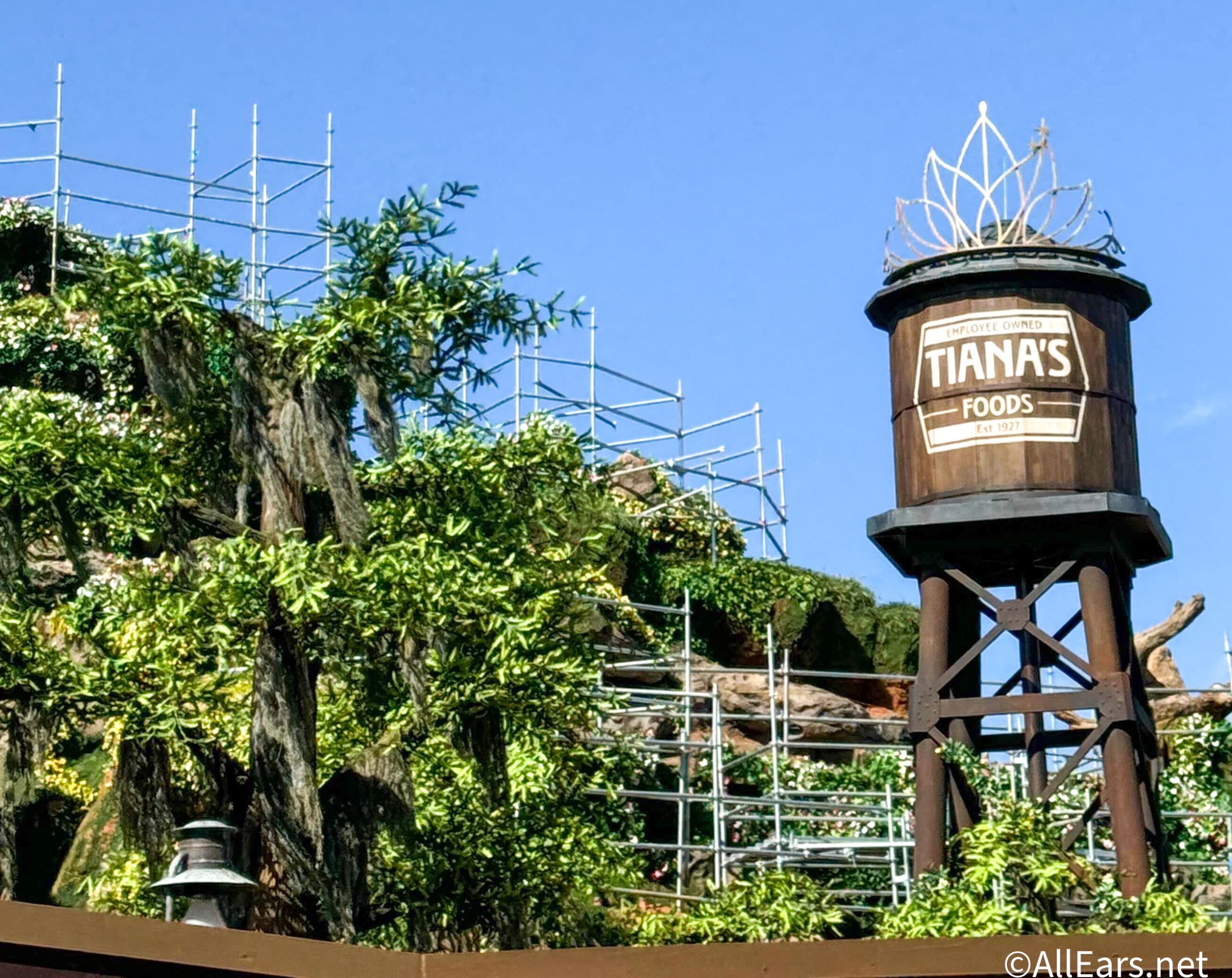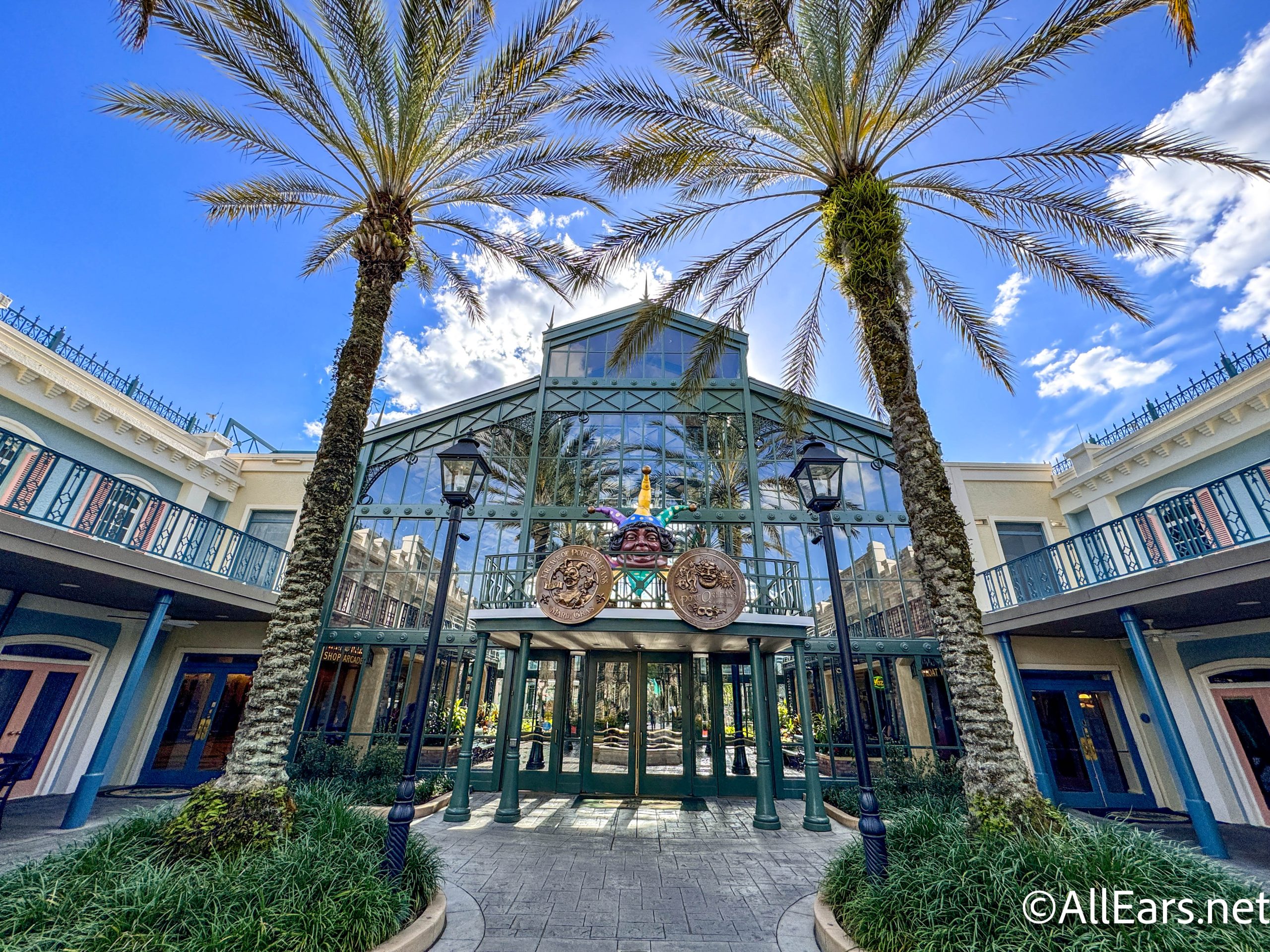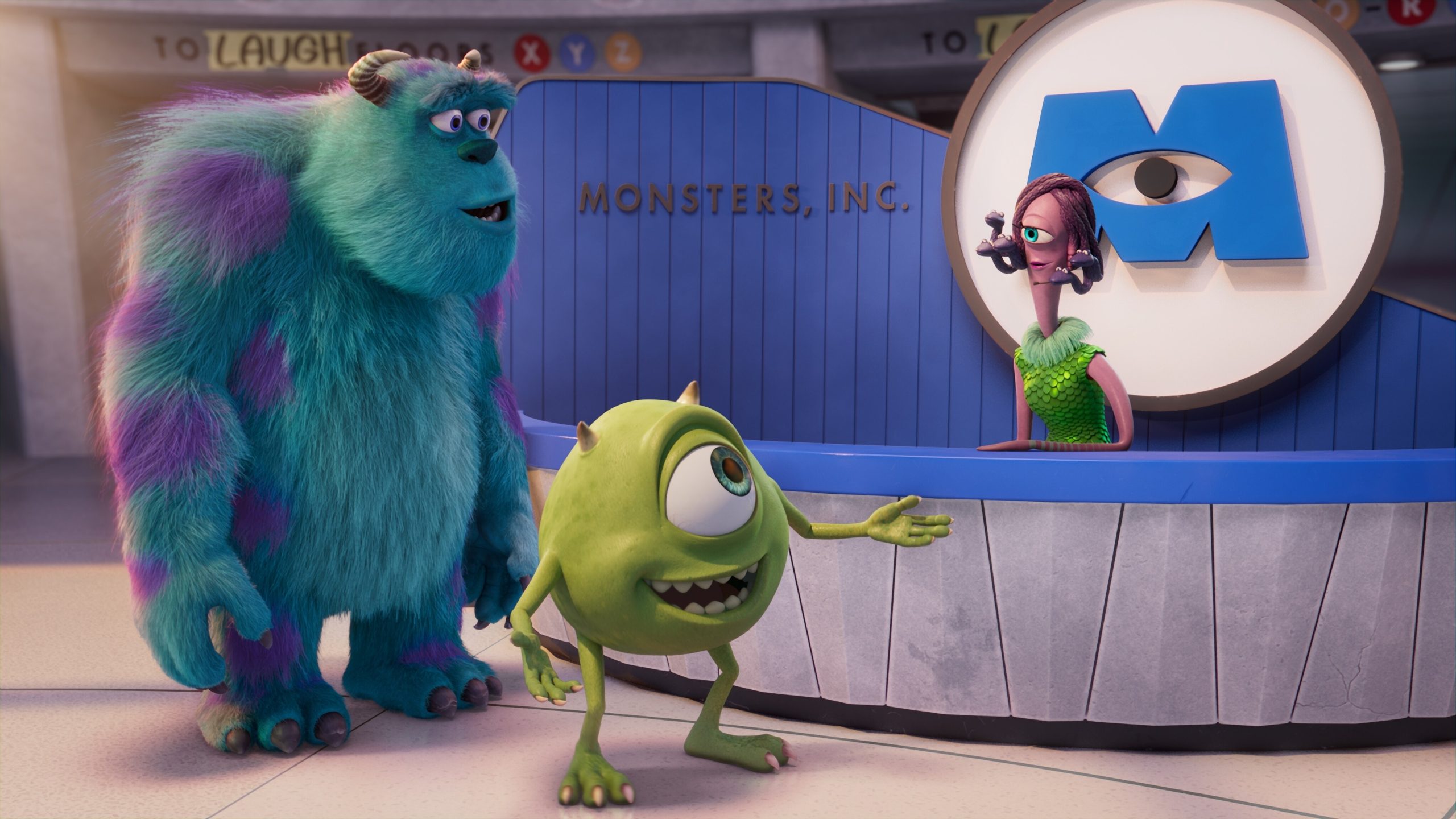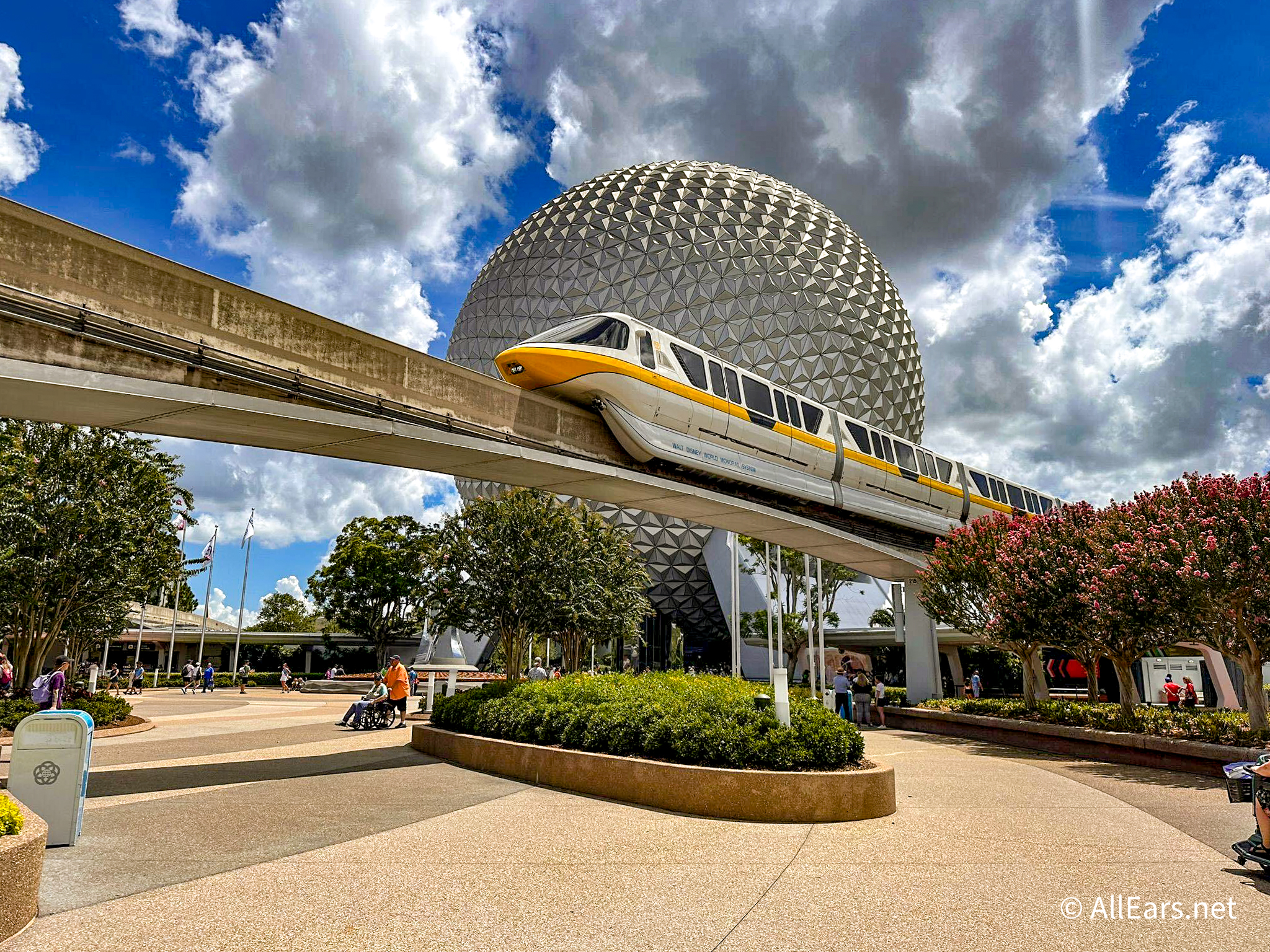WDW Chronicles: The WDW Twilight Zone Tower of Terror
by
Jim Korkis
Feature Article
This article appeared in the March 3, 2020 (#1067) edition of ALL EARS®
Editor’s Note: This story/information was accurate when it was published. Please be sure to confirm all current rates, information and other details before planning your trip.

When Disney MGM Studios opened in 1989, it took Disney by complete surprise at how popular it was. It had been intended as a half-day experience (with the other half day spent at Typhoon Lagoon) but guests wanted much more, so plans were immediately put in place for an expansion.
That expansion came in 1994 with the addition of Sunset Boulevard that continued the story of the Hollywood that never was but always will be. In real life, Hollywood Boulevard and Sunset do not intersect but they do at the park.
Since the new street addition was a dead-end, there was a need for some type of anchor at the end to draw guests down the path (what Walt Disney called a “wienie”) as well as some type of large attraction that would absorb a large quantity of people and move them through it quickly.
The answer was the Twilight Zone of Terror that like the other attractions in the park was themed to a film (or in this case, television) property.
The free park guide map brochure from when the attraction opened in July 1994 stated: “Your next stop…a mysterious Hollywood hotel where the elevator takes a sudden detour into the fifth dimension and plummets straight down…from the thirteenth floor!”
The original elaborate back story for the Disney MGM Tower of Terror is in actuality a Halloween story that takes place on the night of October 31, 1939 and is appropriate for a “lost” episode of the popular cult television program The Twilight Zone hosted by Rod Serling that began in 1959 and lasted until 1964.
On that fateful night, a freakish thunder and lightning storm descended on the Hollywood Hills with the prestigious Hollywood Tower Hotel offering sanctuary for the film community’s elite.
Among those checking in that night were young singer Carolyn Crosson and her actor boyfriend Gilbert London as well as child actress Sally Shine in blond curls and frilly dress (reminiscent of actress Shirley Temple) with her stern governess Emeline Partridge.
Over-worked bellman Dewey Todd assisted them all into the elevator to take them to the top floor where a special party that had started roughly 40 minutes earlier is still going on at the Tip Top Club.
As the elevator doors closed at 8:05 p.m. (eight and five add up to thirteen) and the elevator made its way to the top of the hotel, its passengers, and an entire guest wing of the hotel simply vanished when lightning struck the building, leaving a burnt scar and a gaping hole on the outside.
The hotel is frozen in a twilight zone of time and space, and while the exterior has fallen into disrepair over the years with overgrown vegetation, the interior remains frighteningly untouched from the way it was that fearful evening.
The horizontal movement into the Fifth Dimension is an element that is unique to the original Disney MGM Studios version of the attraction. Every week the TZ television show began with Serling telling viewers that, with the key of imagination, one unlocks the door to another dimension.
The idea of entering a different dimension was shown in the Little Girl Lost episode (March 1962) where a little girl named Tina falls into another dimension through the wall behind her bed. The premise for the Tower of Terror attraction is that the ill-fated elevator passengers have fallen into the fifth dimension and have been trapped there never aging for decades. They are not ghosts but are trapped in that limbo.
Only at the Studios’ version of the attraction, does the guests’ elevator leave the lift shaft and pass through the Fifth Dimension where guests get a glimpse of the 1939 passengers motioning them to go deeper and join them. The elevator then goes into another lift shaft for the series of random drops.
The Tower of Terror employs more than one type of vehicle in order to enable riders to leave the elevator shaft. Guests sit in Autonomous Guided Vehicles (AGVs), which rise up to the corridor scene in a Vertical Vehicle Conveyance (VVC).
When they reach the Fifth Dimension corridor, the AGVs exit not on a track like a traditional dark ride vehicle but are guided by a magnetic wire under the floor. This technology was originally developed for the ride vehicles in Epcot’s Universe of Energy attraction and The Great Movie Ride.
The self-guided vehicle was assinged to Eaton-Kenway, a manufacturer of computerized palette drivers for automated warehouse inventory transport. There were challenges getting both systems to work in tandem.
When they reach the far end of the corridor, they lock into another vertical motion cab, which handles the actual drop sequence.
The AGVs are powered by onboard batteries, which are charged while riders are unloading. At any one time, up to eight of these vehicles could be circulating around the Tower of Terror’s ride system. Ten were originally built so two would be available for backup.
At the time work began on the attraction, United Technologies was the sponsor of the Living Seas pavilion at Epcot. UT owned a subsidiary, Otis Elevator that had pioneered the development of the safety elevator in 1852 that would lock it in place if the ropes failed.
Originally, because of their reputation, they balked at the idea of being involved with an “unsafe” elevator but were persuaded it would be good publicity. Of course, what makes an elevator frightening is the combined fears of claustrophobia and agoraphobia (a fear of being trapped with no escape that leads to panic attacks) not to mention being out of control.
Of course, no one falls on the attraction and is pulled down to their doom by gravity. In fact, the vehicles are moving faster than the speed of gravity to a top speed of 39 miles per hour.
Once the AGV vehicles are locked into the Vertical Vehicle Conveyance (the elevator housing), they are pulled by cables connected to two enormous motors which are 12 feet tall, 35 feet long and weigh a massive 132,000 pounds. So, the VVC is both pulled up and pulled down which is why Disney can program in multiple lifts and drops of varying heights.
When the attraction was going through the test and adjust phase, it was found that the VVC was being pulled down so rapidly that it was compressing the air at the bottom of the shaft and blowing out the walls so adjustments had to be made.
Besides the pre-show video that resembles the opening introduction by Rod Serling each week to the television show (although the actual voice is supplied by mimic Mark Silverman who was personally selected by Serling’s widow Carol after she heard over a hundred different audition tapes), the libraries have a plethora of references to characters from The Twilight Zone television series as well as replicas of iconic props from the episodes.
Some of these are only found at the version in Disney’s Hollywood Studios while other versions have some examples missing from the Florida version.
For instance, in the now closed Disney’s California Adventure attraction (that was converted into a Guardians of the Galaxy experience instead) had the broken stopwatch from A Kind of Stopwatch, the red toy telephone from Long Distance Call, the box camera from A Most Unusual Camera, and the electric razor and typewriter from A Thing About Machines. These items do not appear in the Florida version.
Among the items in the DHS libraries are the Mystic Seer devil-headed machine from Nick of Time, the book To Serve Man from the episode of the same name (“It’s a cookbook!”), Henry Bemis’ glasses from Time Enough at Last, and the miniature gold-suited spaceman figure from The Invaders. The row of thin, tightly packed books on a shelf each contain a script for an episode of the television series.
The right library has an envelope with Rod Serling’s name on it behind a cage and the left library has an envelope with Victoria West’s name on it both referencing A World of His Own. The trumpet from A Passage for Trumpet is sitting on top of some sheet music. In one of the libraries the sheet music is entitled What! No Mickey Mouse? (1932) by Irving Caesar. In the other library the sheet music is The Wedding Party of Mickey Mouse (1931).
The boilers look like faces, often with fiery eyes or mouths. On the left side of the service elevator is an inspection certificate dated October 31, 1939 (the night of the incident) and signed by “Cadwallader.” Cadwallader was a character on an episode of the Twilight Zone entitled Escape Clause where it was revealed he was the Devil. The certificate number is 10259. The Twilight Zone series premiered October 2, 1959.
The attraction is only 199 feet tall because FAA regulations would have required a flashing red beacon at the top to warn aircraft if it was 200 or more feet tall and that would have conflicted with the theming of the story the Imagineers were trying to tell. It is so tall that during construction it was hit by lightning as it has been several times since but thankfully, lightning rods prevent it from shifting into a different dimension.
In 1996, it was modified for two “twice the fright” drops. In 1999, a triple drop was included with faster accelaration and more rumbling. In celebration of the attraction’s tenth anniversary in 2004, randomized patterns of drops and lifts were added, where the ride vehicle would drop or rise various distances at different intervals for up to five to eight drops per ride. The Florida slogan was now: “Never the Same Fear Twice!”
In the words of warning from Rod Serling at the end of the attraction: “The next time you check into a deserted hotel on the dark side of Hollywood, make sure you know just what kind of vacancy you’re filling. Or you may find yourself a permanent resident…of the Twilight Zone.”


